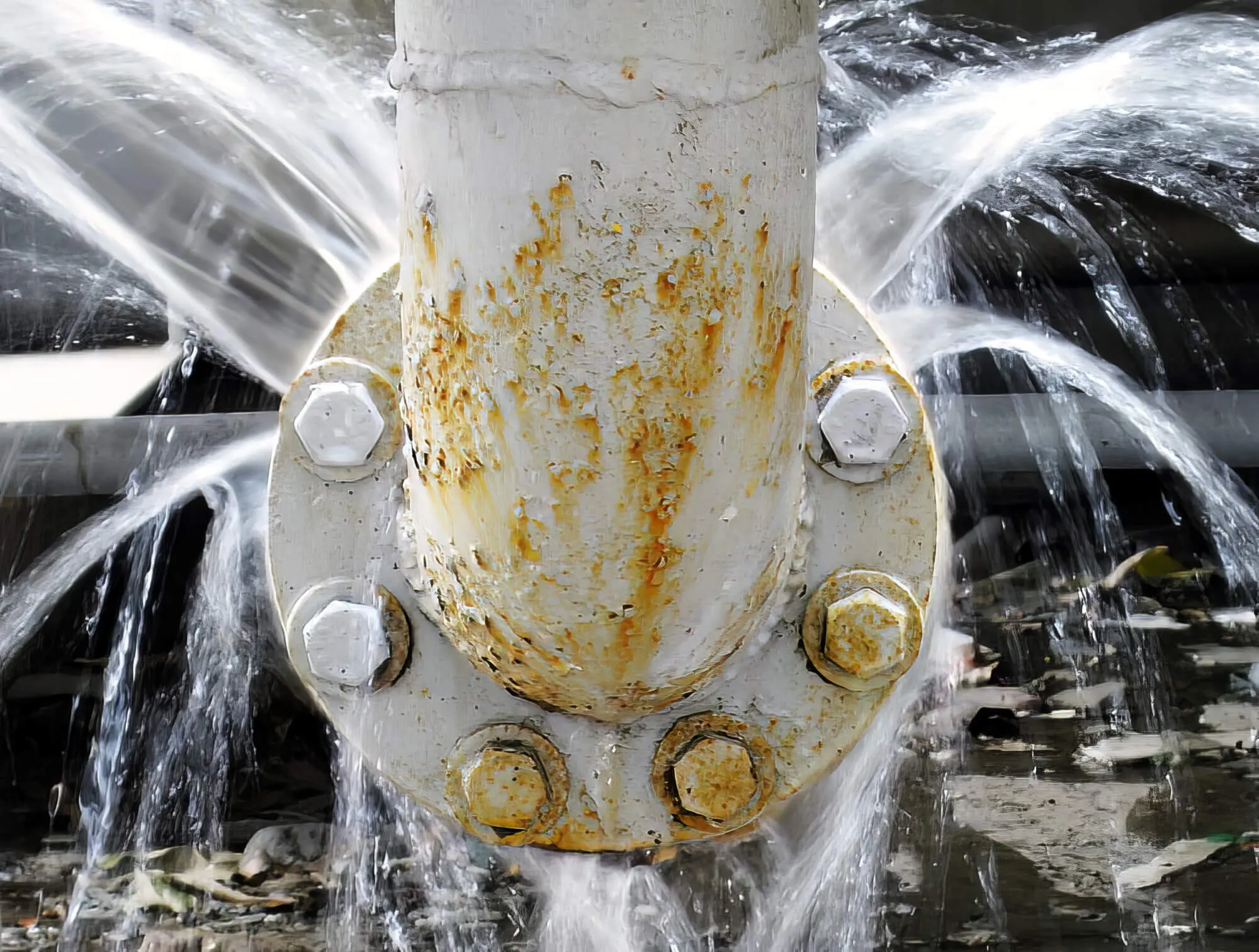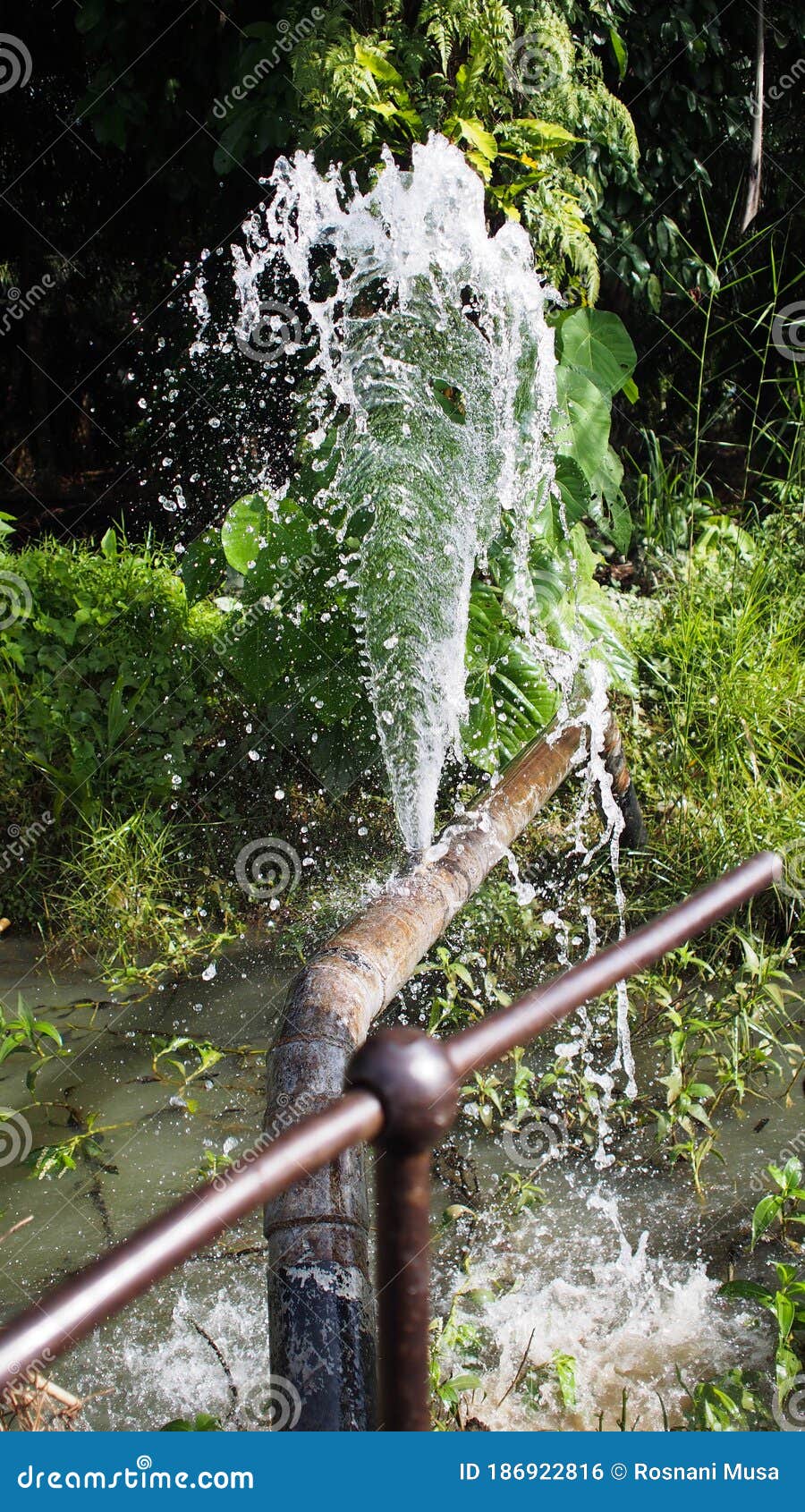How to Handle a Burst Pipe: Essential Steps for Immediate Action
How to Handle a Burst Pipe: Essential Steps for Immediate Action
Blog Article
Stopping Burst Water Lines: Important Tips to Safeguard Your Pipes
Stopping burst pipes is a crucial concern for homeowners, specifically throughout colder months when the threat of freezing is enhanced. Applying critical steps such as proper insulation, routine assessments, and preserving consistent indoor temperature levels can significantly decrease the chance of pipeline failing. Furthermore, understanding emergency treatments equips house owners to react swiftly to prospective plumbing issues. Many are unaware of the specific susceptabilities that their pipelines might deal with. Exploring these susceptabilities can provide invaluable insights right into protecting your plumbing system efficiently.
Understand Pipe Vulnerabilities
Understanding pipeline vulnerabilities is crucial for efficient plumbing maintenance and preventing costly damage. A number of factors contribute to the vulnerability of pipelines to bursts, including product structure, age, and ecological conditions. Older pipes, especially those made from galvanized steel or polybutylene, usually deteriorate gradually, resulting in raised risk of leaks and ruptures.
Temperature changes can also significantly effect pipeline stability. In cooler climates, water entraped in pipes can freeze, increasing and exerting stress on the pipe wall surfaces, which might ultimately lead to a ruptured. Additionally, high water stress can strain pipes, especially at bends and joints, enhancing the likelihood of failure.

Insulate Pipeline Appropriately
Appropriate insulation of pipelines is critical for avoiding cold and succeeding ruptureds during cold weather condition (burst pipe). Shielding your plumbing system successfully safeguards against temperature drops that can cause costly damages. Begin by recognizing susceptible areas where pipes are subjected to exterior temperature levels, such as basements, attics, and outside wall surfaces
Use foam pipeline insulation sleeves or wrap insulation tape around these areas to give a safety obstacle. Ensure that all sections of the pipes, especially those with minimal warm direct exposure, get sufficient insulation. Pay unique focus to installations and joints, as these are much more at risk to freezing.
When protecting, it's vital to select materials that meet regional structure codes and are ideal for the particular atmosphere. Fiberglass insulation is typically recommended for its thermal resistance residential properties. In addition, take into consideration using warm wires or tape in severe conditions, which can be plugged in to provide extra warm
Regularly evaluate protected pipes for any type of indications of wear or damages, as compromised insulation can reduce its efficiency. By taking these proactive steps, you dramatically decrease the threat of pipe bursts, making certain a reputable pipes system throughout the winter months.
Maintain Constant Temperature
A secure interior temperature is essential for stopping ruptured pipelines throughout the freezing months. When temperatures decrease, water within pipes can ice up, broadening and creating pressure that might eventually trigger the pipelines to ruptured. To alleviate this threat, house owners should preserve a constant temperature throughout their living area, preferably no reduced than 55 ° F(13 ° C)Utilizing a programmable thermostat can help take care of indoor temperature levels efficiently, guaranteeing that spaces with plumbing remain cozy also when the house is empty. Pay special attention to areas that are much more susceptible to cold, such as attic rooms, garages, and basements. Keeping closet doors open under sinks can also enable warmer air from the helpful resources home to distribute around plumbing.
This small circulation of water can protect against freezing by minimizing pressure within the pipelines. By applying these strategies, home owners can significantly decrease the threat of pipeline bursts and guard their pipes systems against the harsh winter months elements.
Regularly Inspect Pipes
Regular examinations of plumbing systems are important for avoiding ruptured pipes and preserving total home stability. Routine checks permit home owners to recognize prospective concerns prior to they escalate into pricey fixings or major water damages. During these evaluations, it is vital to examine noticeable pipes for indicators of rust, leaks, or put on. Pay unique interest to areas prone to cold, such as cellars, attic rooms, and exterior wall surfaces.
Furthermore, checking connections and joints is vital, as these points are usually prone to leaks. Homeowners ought to also assess water pressure degrees, as extreme stress can strain the plumbing system and boost the threat of pipe bursts.
Consider organizing expert pipes evaluations at the very least when a year, specifically prior to winter, to guarantee your system is planned for chillier temperatures. Normal assessments not only assist in recognizing prompt worries but likewise foster lasting upkeep methods that can boost the life-span of your plumbing system. By being proactive in your technique, you can safeguard your home check that versus the disruptive and costly effects of ruptured pipelines. Focusing on pipes examinations is a financial investment in your home's health and wellness.
Know Emergency Treatments
Comprehending emergency procedures is crucial for every home owner, specifically after conducting routine pipes assessments. Being prepared for a plumbing emergency situation can dramatically alleviate damages and save prices.
Next, maintain important tools convenient. A plumbing emergency situation kit ought to include a wrench, bettor, and towels, as well as a flashlight and a pail for little leaks. In addition, think about having the get in touch with details for a relied on plumbing readily available, ought to the circumstance intensify past your control.
If you find a leak or burst pipeline, immediately shut off the water system and alert your plumbing. Furthermore, record the damages with photographs for insurance purposes. burst pipe. Be conscious of the indicators of possible pipes problems, such as unusual water pressure variations or damp areas on walls
Ultimately, aggressive understanding and speedy action are important in handling pipes emergency situations, guaranteeing your home continues to be secured and decreasing possible damages.

Final Thought
To conclude, avoiding ruptured pipelines demands a multifaceted approach that consists of understanding pipe vulnerabilities, correct insulation, preserving regular indoor temperature levels, routine evaluations, and understanding of emergency situation procedures. By applying these crucial approaches, the threat of plumbing failings can be considerably reduced, therefore making sure the longevity and effectiveness of the pipes system. Proactive steps not just safeguard against prospective damage but likewise add to total water conservation and the protection of building.
In chillier environments, water trapped in pipelines can freeze, increasing and putting in pressure on the pipeline wall surfaces, which may inevitably lead to a ruptured. When temperature levels drop, water within pipelines can freeze, increasing and producing stress that may eventually create the pipelines to burst. By executing these methods, homeowners can significantly reduce the threat of pipeline ruptureds and guard their plumbing systems against the extreme winter elements.

Report this page